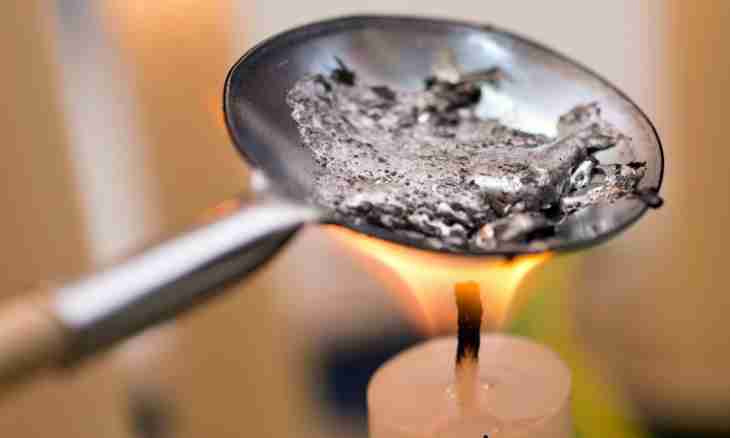Lead is known from an extreme antiquity. This metal is irreplaceable in many industries owing to the physical and chemical properties. For use of lead it is necessary to know its temperature of melting that will allow to make of it the necessary materials and details. It easily gives in to forging, is very plastic, also such metal distinguishes inertness to acids at a normal temperature.
Areas of application of lead
One of the most widespread options of use of lead is production of bullets, fraction and other shells for firearms. And an opportunity for hunters to make self-made bullets is created thanks to low cost of metal and low temperature of its melting.
Also make fishing sinkers of lead. Thanks to the fact that metal rather soft, it it is possible to record on a grove without use of special devices, simple sinking.
Lead has also anticorrosive property therefore it is applied to drawing a protective layer on iron-wares and production of protective covers for cables. Also this feature of lead allows to use it by production of paint and varnish products.
As the main component ship, or iron, minium which paint an underwater part of the ship the pigment which part lead is is used.
Often this non-ferrous metal is applied in the form of alloys. Sheets with lead impurity, for example, are capable to protect from X-rays and radioactive radiation. At accident on the Chernobyl nuclear power plant which was followed by intensive radiation used bags with pigs and fraction of lead to stop dangerous processes in the reactor. Lead sheets were applied to protection of people who were by the helicopters giving this cargo. Unique features of this metal in that case were irreplaceable.
Lead melting temperature
Temperature of melting of pure lead in which there are no impurity is 328 wasps. When melting, foundry qualities of already plastic lead improve. It allows hunters in house conditions to cast shells for weapon.
Lead can be melted even in house conditions or on a fire.
However for filling in forms it is necessary to bring metal to a free-flowing state. It is to such an extent possible to melt lead at a temperature approximately on 100-200os higher than melting temperature. Temperature of boiling of this metal varies within 1749 wasps. In the melted look it has noticeable volatility which increases together with growth of temperature. Lead vapors and also its dust can cause sharp poisoning in the person. Concentration in an organism of 0.3 g of lead or its components is sufficient for heavy intoxication.
